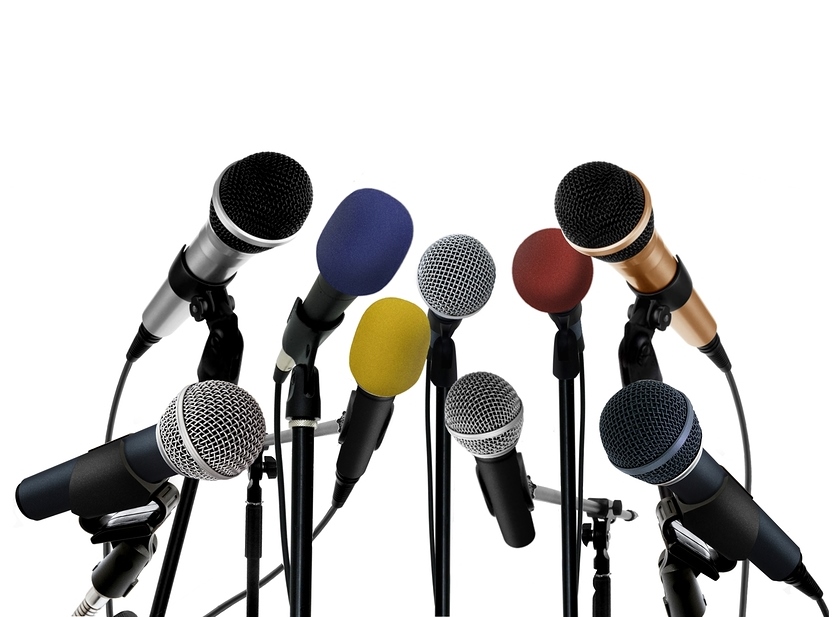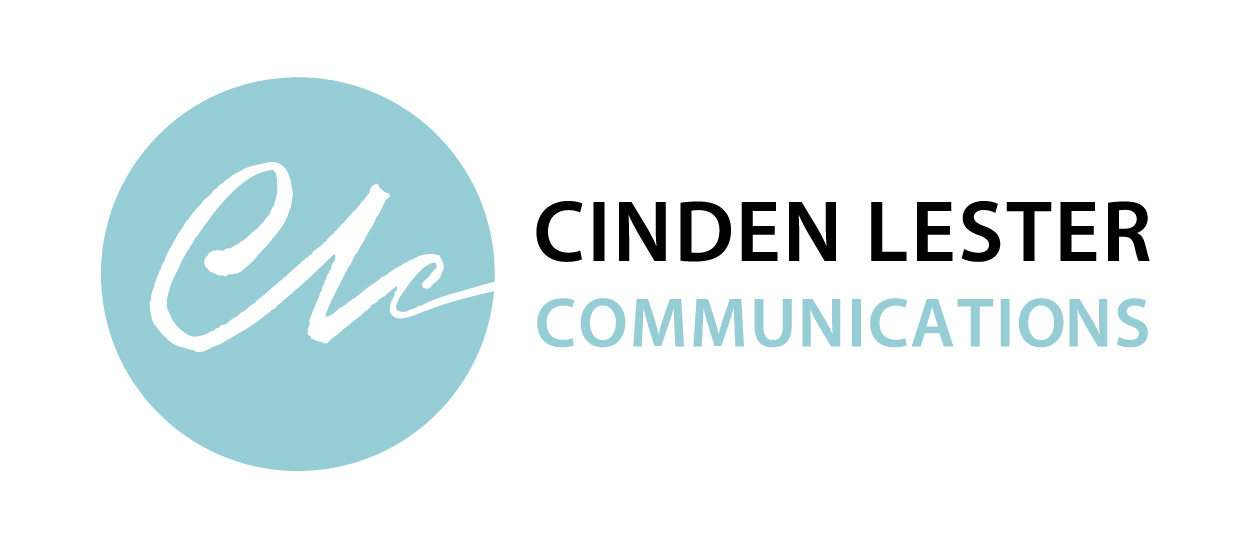
Recently I was in Sydney helping a colleague deliver media training. We worked with a group of senior government officers who need to be savvy in front of the microphone in their upcoming roles. We honed key messages, practiced writing media releases and talked about stakeholders and issues management.
Then for the rest of the day, I stepped back into my old shoes as a journalist, conducting interviews and providing on-the-spot feedback.The group was motivated and smart, the day went smoothly, and the feedback forms were positive.
But there was an unexpected aspect to the feedback.
The group valued hearing about life on the other side of the microphone—a glimpse into the journalist’s perspective. It wasn’t planned, but a few anecdotes flowed naturally during our discussions.
Now I’ll admit my experience dates back a good few years. In fact, the ‘mobile’ phone I used as a rookie radio reporter was the size and weight of a couple of bricks and came attached to its own mini-suitcase battery pack. But while phones are infinitely more mobile today, and other aspects of the media landscape have also changed, much remains relevant.
So here are some insights into how journalists think and what it means for polishing media skills.
Note, this is from the perspective of a general news journalist whose job is to report the news (as opposed editorialising or writing opinion pieces with a particular agenda).
Most general news journalists are not ‘out to get you’. They just want to find out the basics of the news story: who, what, when, where, how and why.
Hidden agendas and trick questions are not the norm for daily news—it’s generally too fast-paced for that sort of plotting. It’s more about getting to the heart of the story and filing as quickly as possible.
What this means for you
Think about the sorts of questions that are likely. If possible, ask a colleague to help you with a practice interview.
Be crystal clear about your key messages and practice them—out loud.
Treat every question as an opportunity to deliver a key message. Use your messages as answers or use linking phrases such as: ‘and even more importantly…’ or ‘so that’s why…’.
If you can’t answer, be honest (not evasive) and still link to your key message by saying something like: ‘I can’t comment on that but what I can say is…’.
If you have time, find out about the journalist before the interview. Have they written on your topic recently and, if so, what angle did they take? This can help you understand where they are coming from and anticipate questions.
Some interviews can be tough and more adversarial in nature, especially current affairs or in-depth interviews on controversial subjects. These are usually aimed at the most senior spokespeople or politicians and others who put themselves in the spotlight.
What this means for you
If you do agree to an interview that’s likely to be difficult, seek advice and refresher media training, practice, practice, practice your key messages, and always keep your cool.
Many general news journalists know a little about a lot of things. Preparation is often a luxury and ‘research’ can be a quick scan of a media release in the car on the way to an interview. There isn’t time to develop in-depth knowledge on many topics.
What this means for you
Give yourself a little confidence boost by remembering that you know more about your subject than the journalist. You’re the expert.
Of course, some journalists do specialise and they develop a deeper understanding of their chosen field (politics and health are examples).
What this means for you
Expect more detailed and informed questions from a journalist who has a specialised field. In this case, it’s even more important to review their previous stories.
Journalists want your quotes to add colour, emotion or a personal angle to their story. Unless you are doing a live interview, your answers will be chopped up into small ‘grabs’ interspersed through the story. Some grabs may only be a few seconds long.
What this means for you
Be concise and avoid rambling or over-qualifying your answers. Don’t feel you have to keep talking. The journalist will ask more questions if they want to dig deeper.
Newsrooms sift through as many as 600 media releases a day.
What this means for you
If you are going to send a media release, you must have a subject line, heading and lead paragraph that clearly spell out the news value and stand out from the crowd.
Newsrooms are stretched and journalists work on multiple stories. Regardless of the original reason for your interview, if you or your organisation could be expected to comment on something else that’s making news, you’re likely to be asked about that topic as well.
What this means for you
Be aware of the news of the day and be prepared for the possibility that your interview may get side-tracked with other questions. Know what you can and can’t say about topical issues, and remember you can link any answer back to your key messages by using bridging phrases such as ‘the important thing to remember here is…’.
Journalists often learn the ropes in regional centres.
What this means for you
Don’t assume an inexperienced journalist means an easy interview. They are keen to prove their worth. And sometimes a question out of left field can unintentionally trip you up.
Journalists are trained to think about what matters to their audience. As one of my news directors always used to ask: ‘But what does this mean for Sharon and Darren Barbeque?’
What this means for you
Step out of your own shoes and ask what’s important for the people who will read, listen to or watch the story. This helps you frame what’s important for you and your organisation in a way that is more meaningful to a wider audience.
Journalists often have to work at warp speed and down to the wire. I vividly remember running down the corridor to the control room with my first edited television news story in hand (back in the day when we used Beta tapes) as the news reader introduced the story.
What this means for you
Increase your chances of getting the coverage you want by spoon-feeding the busy media with punchy quotable quotes, concise and relevant background information, quality photos or video footage, simple diagrams or other relevant images.
Expect ‘what does it cost’ questions. Dollars, statistics, the first, the largest, the 100th…journalists like facts and figures.
What this means for you
Know your stuff and have some relevant statistics at the ready—but don’t overdo it and risk turning the interview into a statistics lesson.
And if you do have interesting statistics, serve them up in a way that is easy to understand. For example, rather than saying ‘it is 55 square kilometres’, say ‘it’s the size of Sydney Harbour’.
Radio relies on words and other audio to tell stories, television is predominantly visual, newspapers use words and images and can often delve deeper than broadcast news. All these lines are blurred online, where pretty much all media also has a presence these days.
What this means for you
Know the medium and play to it if you can. For example, if you are doing a local radio interview about an event, use descriptive language to help listeners visualise the scene.
Some journalists do not believe in ‘off the record’.
What this means for you
Play it safe and treat every conversation—including the chatter before and after an interview—as officially on the record. Oh, and always assume any nearby microphone or camera (or mobile phone for that matter) is ‘live’ and recording.
| You can listen to this article: |
Need some professional communications help? Contact Cinden if to talk about your project.
| Cinden Lester has more than 25 years’ experience as a professional writer, editor and communications specialist—having worked as a broadcast journalist, in private sector marketing and public relations, and in government communications before establishing her own Canberra-based communications consultancy. |

